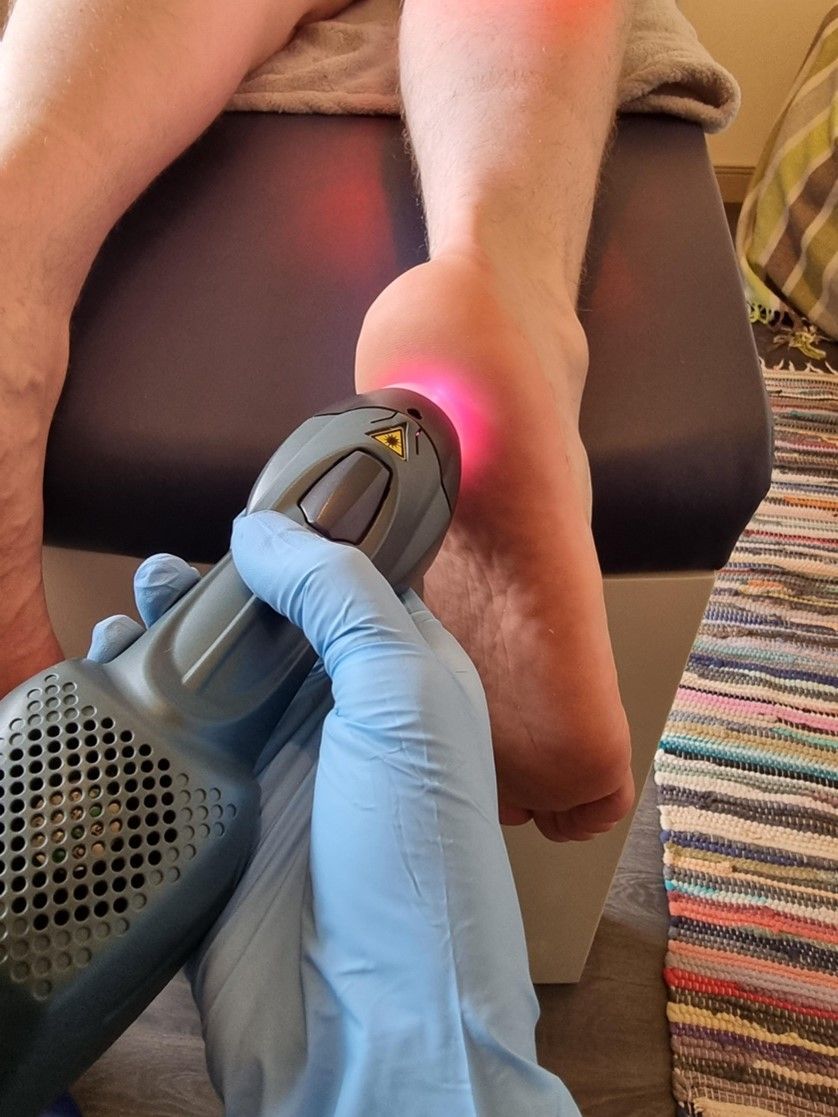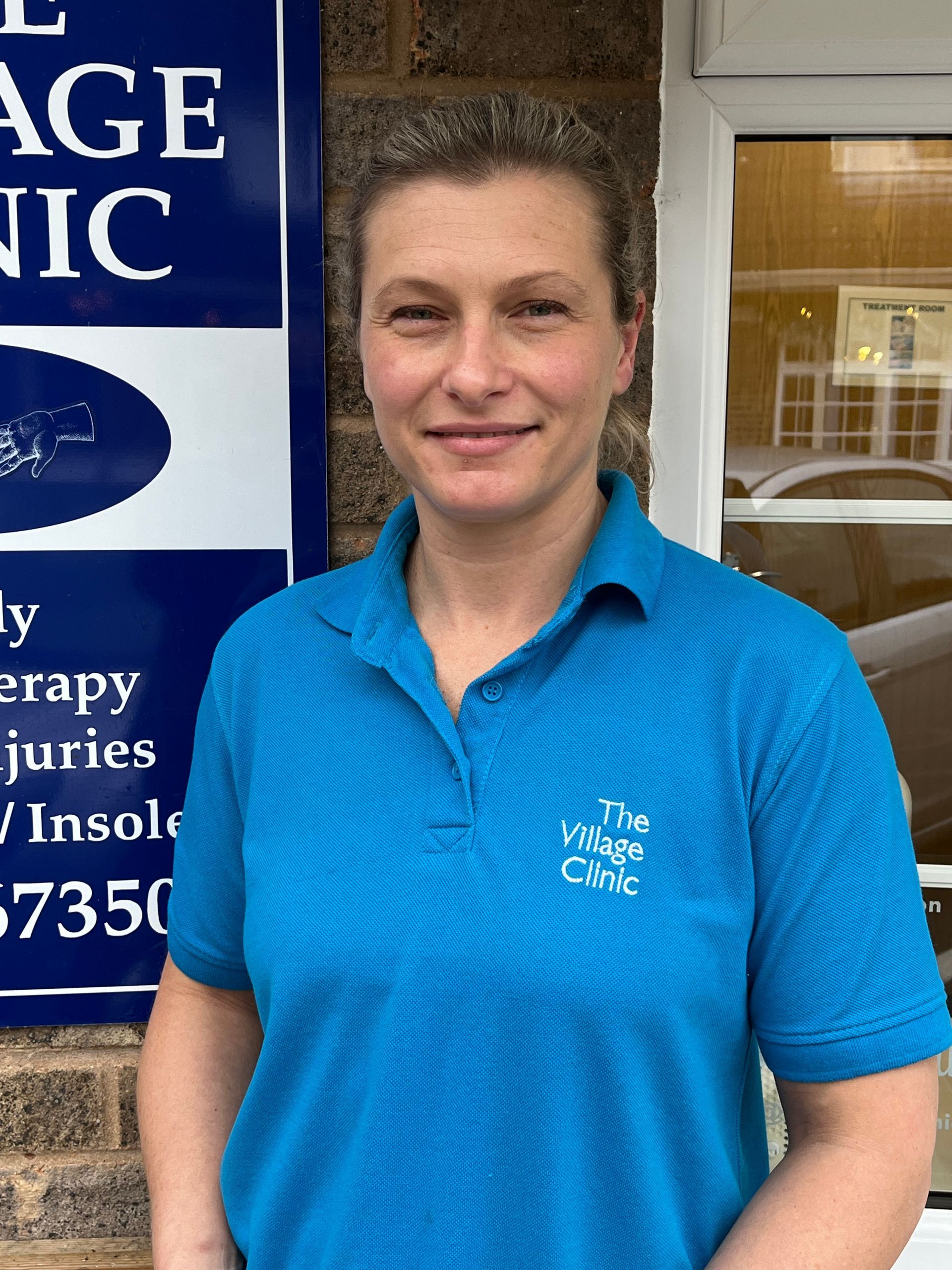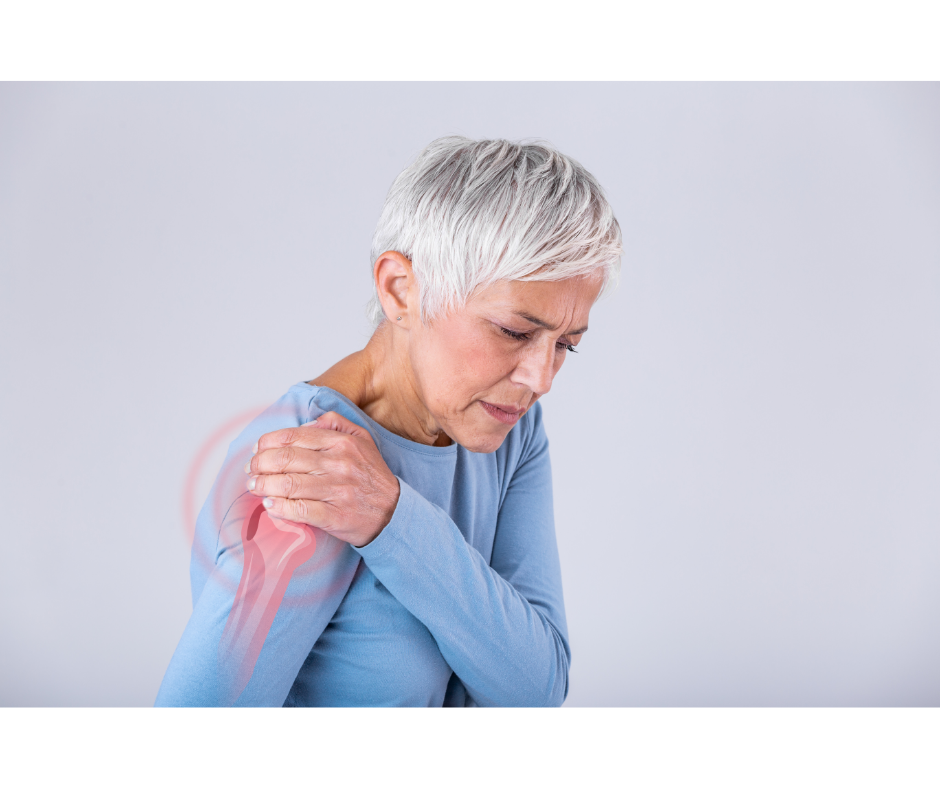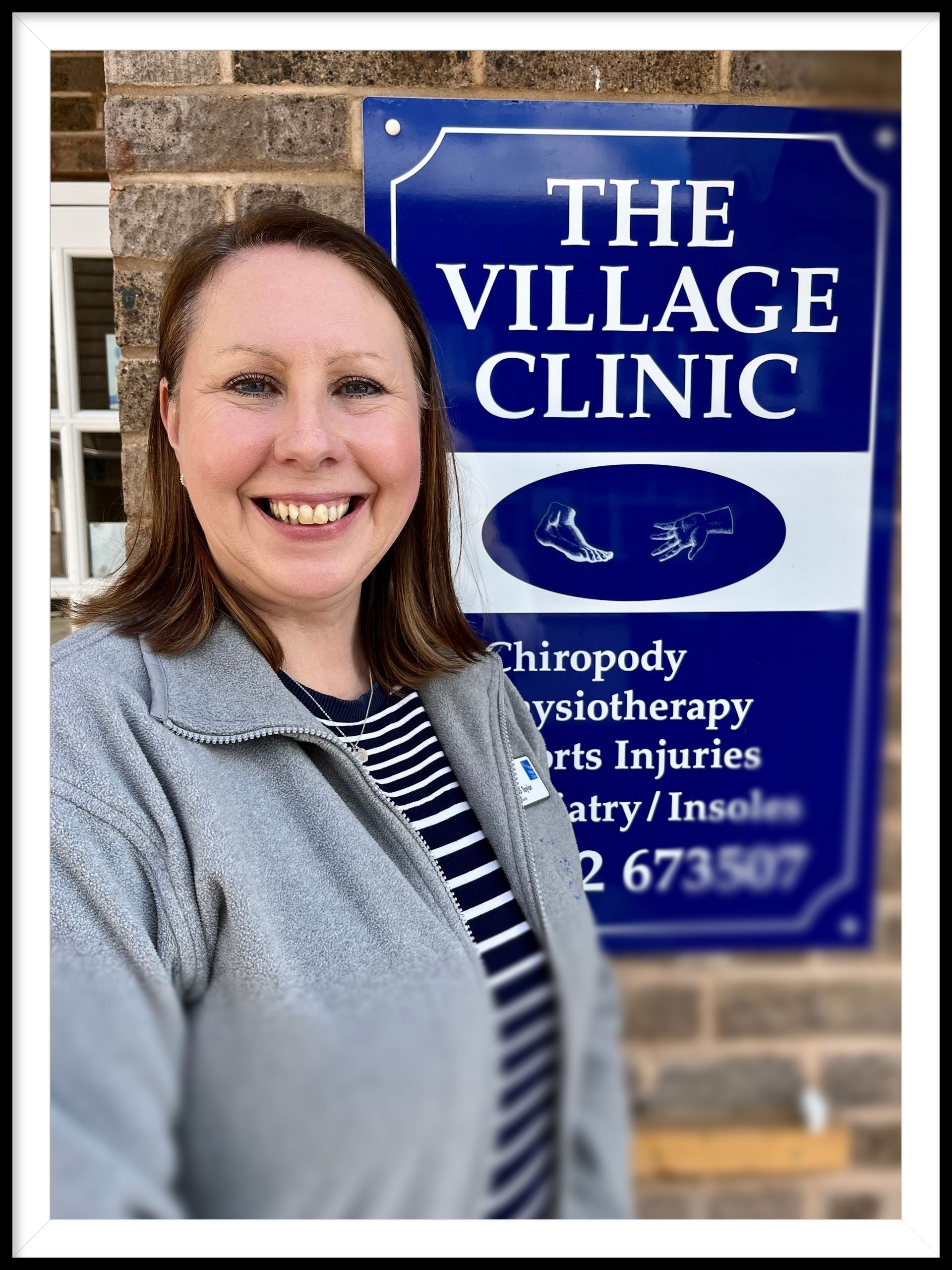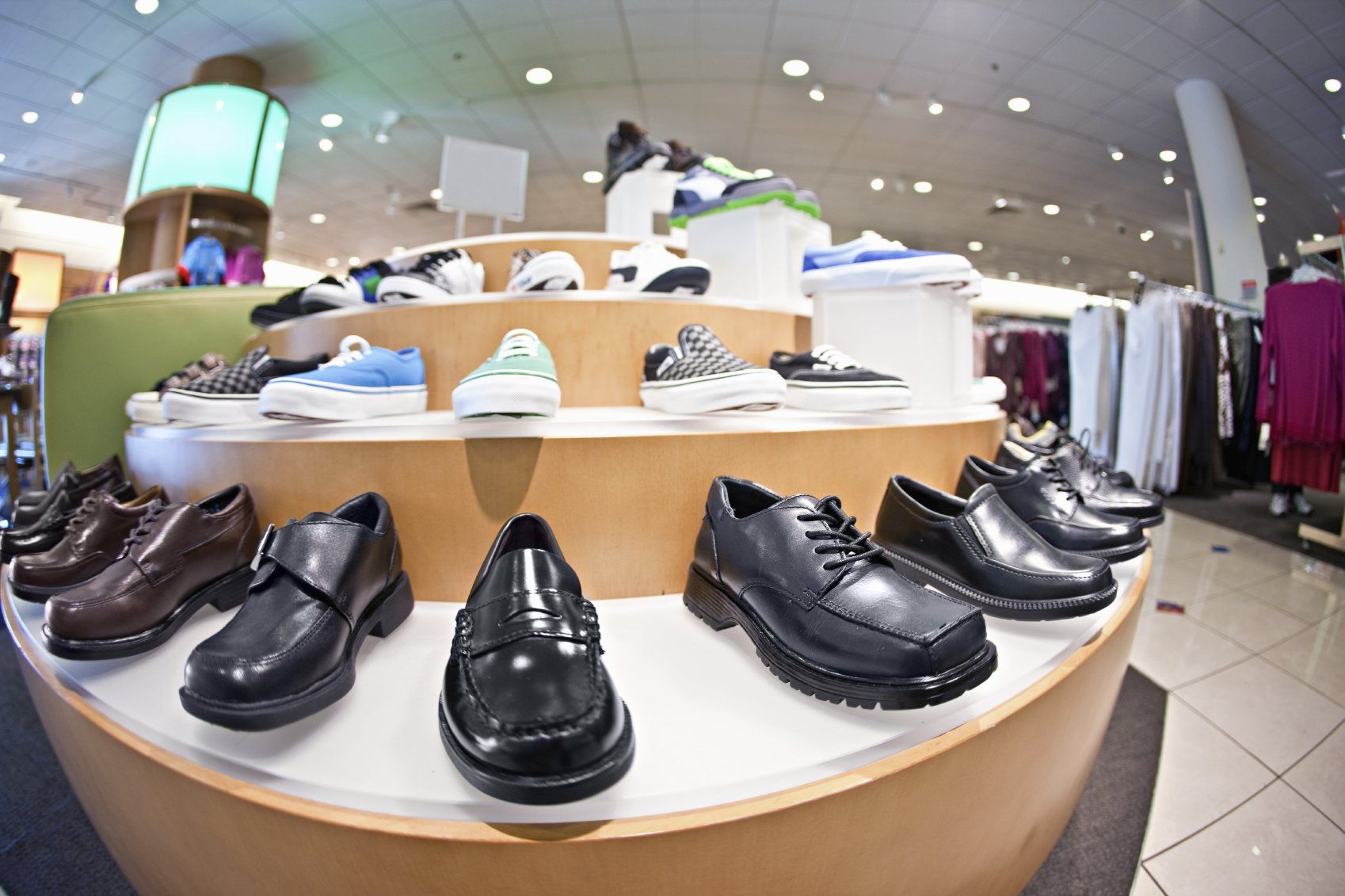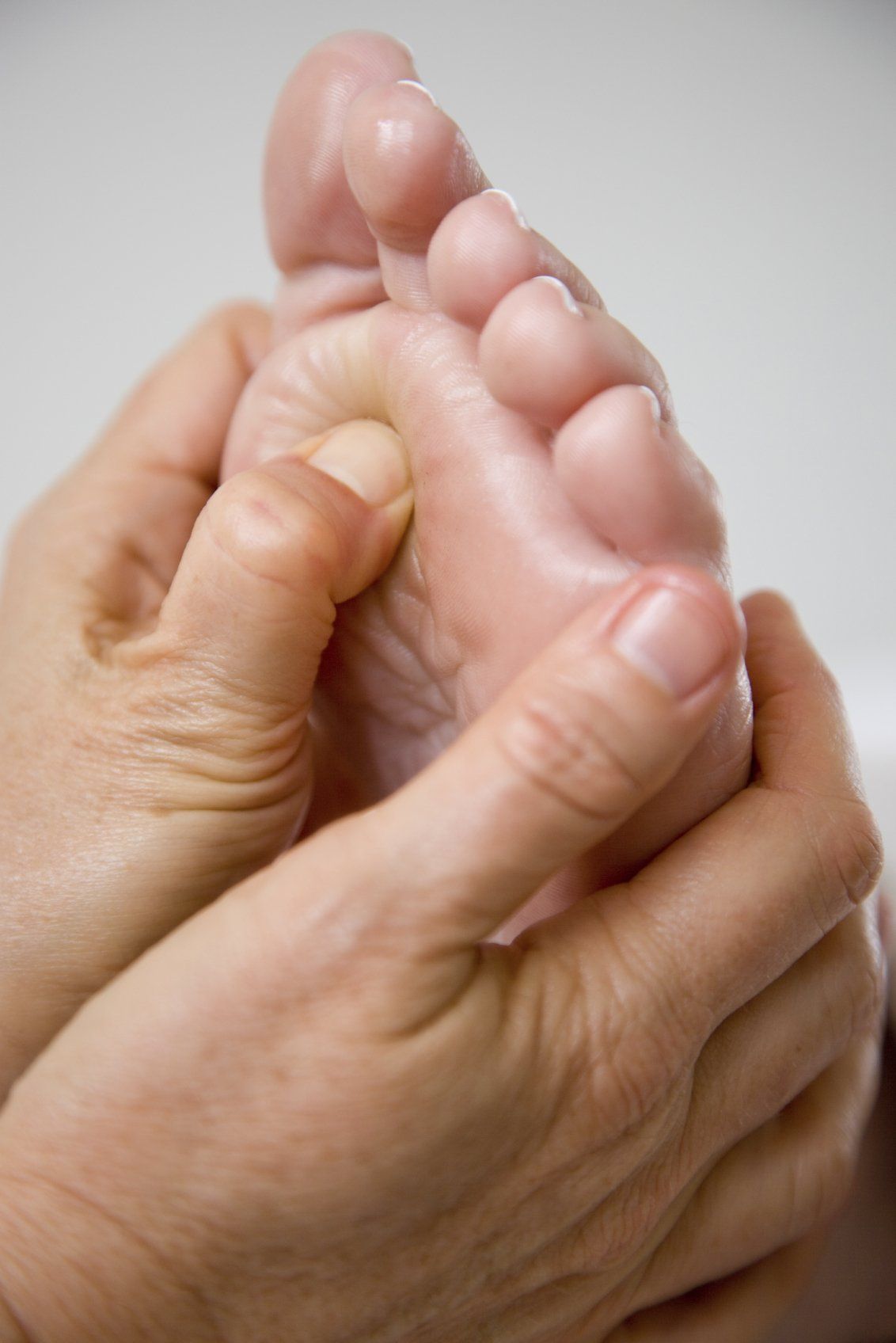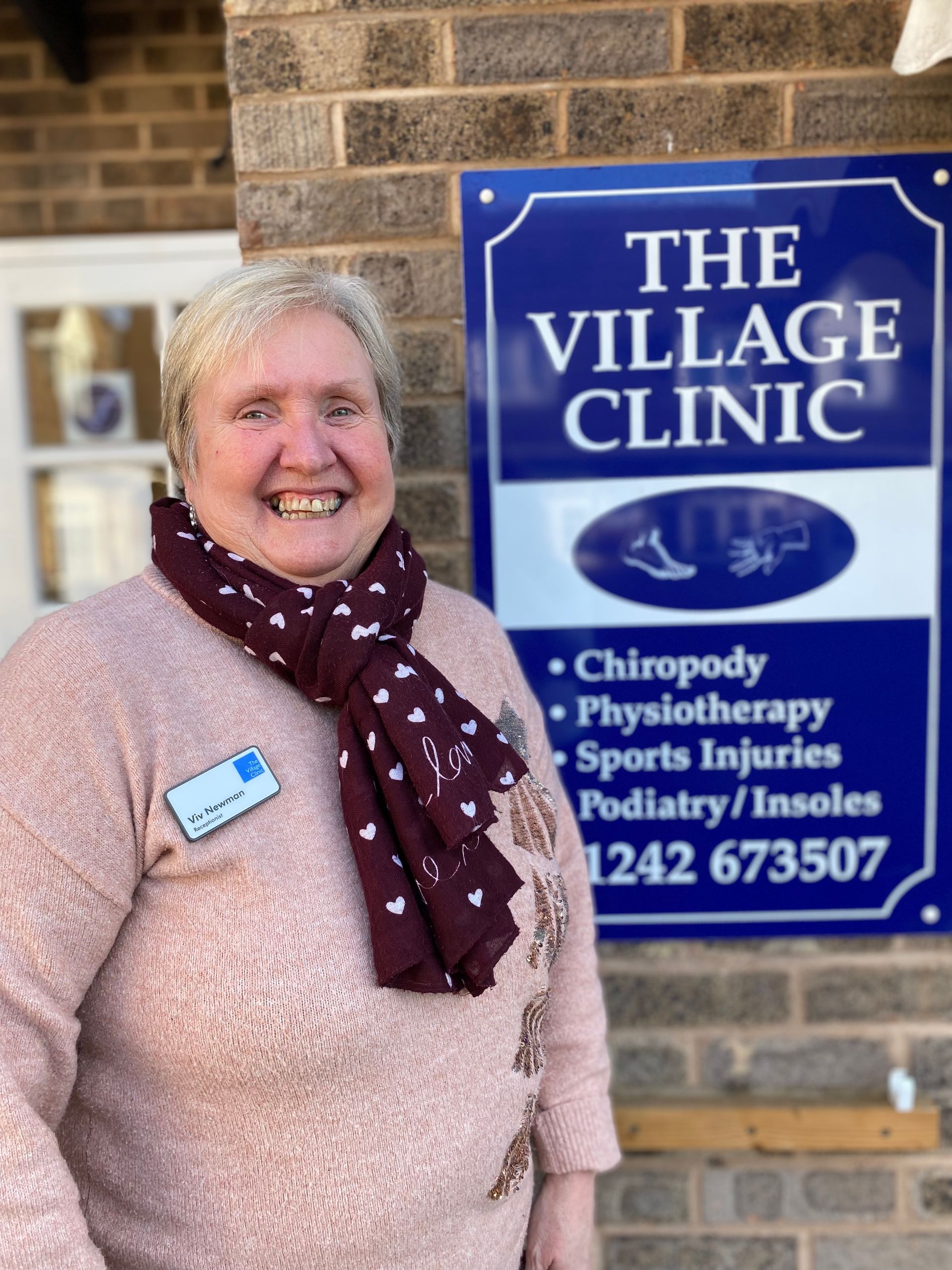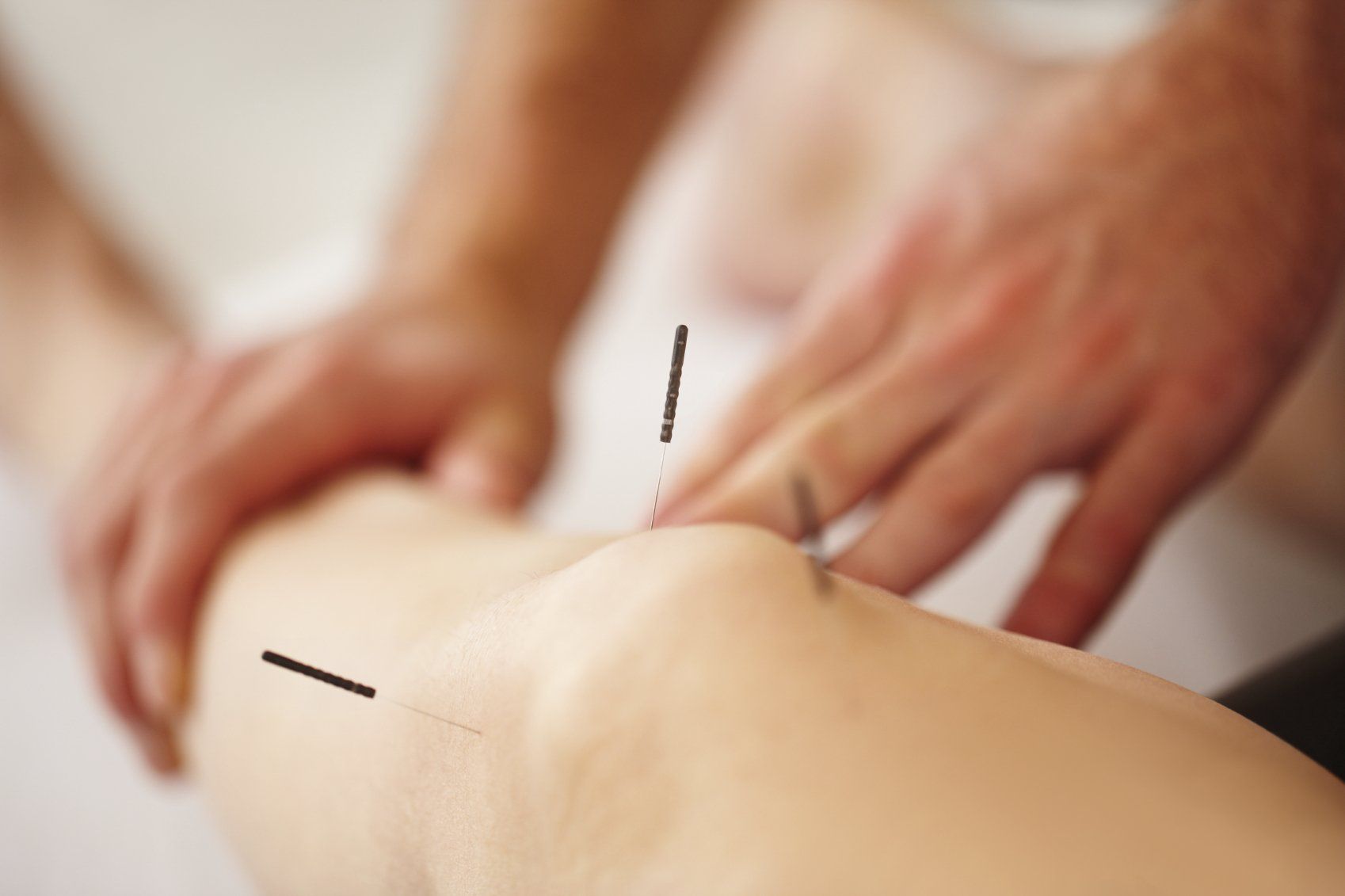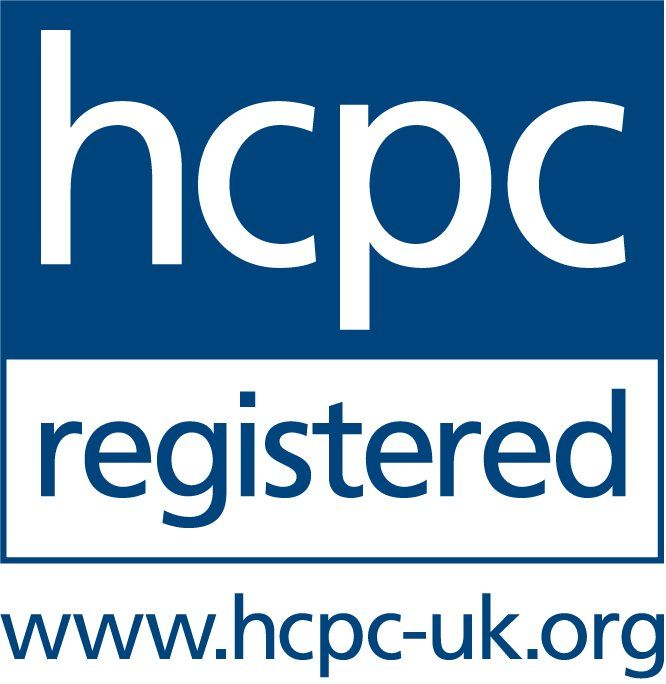What you need to know about Nail Surgery.
Have you heard about Nail Surgery but don’t really know what it is?

Are your toenails causing you pain?
Ingrown toenails (IGTN) are a common feature in our clinical practice. Sometimes they may look like the picture above, if things have got bad, but other times the nail can look relatively normal.
The condition commonly affects the big toe but can affect the smaller toes. Adolescents present most frequently with an IGTN due to sports and poor nail cutting however, all age groups can be affected.
What causes an Ingrowing toenail?
Nail shape, poor fitting footwear, trauma, inability to manage own nail care, overlong big toe, impaired vision, biomechanical/foot posture issues, nail thickening, and excess weight are all contributing factors most associated with IGTN’s.
Patients tend to present with sharp pain on the affected toe, there may be weeping /pus present, the toe may be red and swollen, pain during walking and even the weight of the duvet may cause pain.
Treatment options range from conservative nail care to nail surgery.
So, what is Nail Surgery?
Nail Surgery is the removal of all or part of the nail, that has been causing your pain and discomfort. The area can be treated to prevent regrowth of the offending nail to resolve the problem permanently.
Why won’t my nail regrow?
During nail surgery, once the offending piece of nail has been removed, a chemical called phenol is applied to kill the nail growth cells this prevents the nail from growing again.
What would be involved on the day?
- On arrival assessment and consent forms will be checked/completed
- Local Anaesthetic will be used to numb the toe – no driving will be allowed for approx. 6 hours after, as your toe will still be numb
- Once numb, you will feel no pain or sharp sensations, but you will still have some perception of touch
- A torniquet/tight bandage is applied to the toe to allow a blood free field for the surgery
- Part or all of the nail will be removed and the nail bed cleaned of all debris
- The chemical ‘phenol’ is applied for a controlled period to kill the growth cells
- The torniquet will be removed so normal blood flow returns
- A sterile dressing will be applied
What happens after Nail Surgery?
A redressing appointment will be scheduled for 2 days’ time. At this first redressing we will teach you how to care for your toe and explain the redressing procedure. Healing of the wound can take up to 6-8 weeks. Restriction on sporting activities from two to four weeks following surgery is recommended, however this will be reviewed at each redressing appointment.
Will my nail look funny after?
If just a side piece is nail is removed once it has healed the fleshy skin usually moves over a little to meet the new straight edge of the nail. So, unless someone was studying your toe hard they would not know that anything had occurred.
If the whole nail is removed, the area where the nail used to be does firm up to give the bone underneath protection. Again, on a quick glance no one might notice the nail is missing, as it would just look like you have very short nails. For ladies who have had the whole nail removed it is possible to have a false nail added which can be made to look like your others.
What should I do if I think I have an ingrowing toenail?
If you are concerned about a nail, please give us a call on 01242 673507 to book an appointment with one of our Podiatry team.
Also keep an eye out for our “top tips on managing your toenails” due out shortly.
